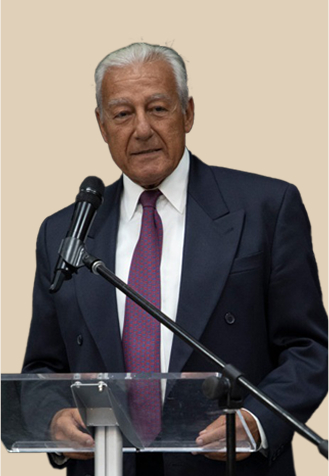ADC in NJ Star-Ledger
The Star-Ledger (Newark, New Jersey)
August 16, 2007 Thursday
FINAL EDITION
Homegrown terror threat growing, study warns
BYLINE: TOM HAYS, ASSOCIATED PRESS
SECTION: NEWS; Pg. 61
LENGTH: 595 words
DATELINE: NEW YORK
They preferred bookstores or hookah bars to mosques. They stopped listening to pop music and instead surfed Web sites promoting radical Islam. They threw away their baseball caps and grew beards.
New York Police Department intelligence analysts have concluded those were some of the telltale signs of homegrown terrorists in the making – a mounting threat as grave as that from established terrorist groups like al Qaeda.
An NYPD report released yesterday warns of a “radicalization” process in which young men – otherwise unremarkable legal immigrants from the Middle East – grow disillusioned with life in America and adopt a philosophy that puts them on the path to jihad.
“Hopefully, the better we’re informed about this process, the more likely we’ll be to detect and disrupt it,” Police Commissioner Raymond Kelly said while presenting the findings at a briefing of private security executives at police headquarters.
The findings drew swift criticism from an Arab anti-discrimination group, which accused the NYPD of stereotyping and of contradicting recent federal warnings that the chief terrorism threat remains foreign.
In a statement, Department of Homeland Security spokesman Russ Knocke said federal authorities “appreciate efforts to better understand the phenomenon of radicalization.”
“We are fortunate that radicalization seems to have less appeal in the U.S. than in other parts of the world,” he said, “but we do not believe that America is immune to homegrown terrorism.”
The FBI declined to comment.
Police officials said the study is based on an analysis of a series of domestic plots thwarted since the Sept. 11, 2001, terrorist attacks, including those in Lackawanna; Portland, Ore.; and Virginia. It was prepared by senior analysts with the NYPD Intelligence Division who traveled to Hamburg, Germany; Madrid; and other overseas spots to confer with authorities about similar cases.
The report found that homegrown terrorists often were indoctrinated in local “radicalization incubators” that are “rife with extremist rhetoric.”
Instead of mosques, those places were more likely to be “cafes, cab driver hangouts, flop houses, prisons, student associations, non-governmental organizations, hookah bars, butcher shops and bookstores,” the report says.
The Internet also provides “the wandering mind of the conflicted young Muslim or potential convert with direct access to unfiltered radical and extremist ideology.”
The report warns that potential terrorists are difficult for law enforcers to detect because they blend in well with society. It also argues that more intelligence gathering is needed to thwart potential terror plots at their earliest stages.
Potential homegrown terrorists “are not on the law enforcement radar,” the study says. “Most have never been arrested or involved in any kind of legal trouble.”
They “look, act, talk and walk like everyone around them,” the study adds. “In the early stages of their radicalization, these individuals rarely travel, are not participating in any kind of militant activity, yet they are slowly building the mind-set, intention and commitment to conduct jihad.”
Kareem Shora, legal adviser for the American-Arab Anti-Discrimination Committee, called the findings faulty and inflammatory.
“The report is at odds with federal law enforcement findings, including those of the recently released National Intelligence Estimate, and uses unfortunate stereotyping of entire communities,” Shora said in a statement. “The use of such language by the NYPD is un-American and goes against everything for which we stand.”
Recent Posts
Action Alerts

Your support means everything. Your gift protects rights, builds community, and fights hate. Let’s move forward together.
